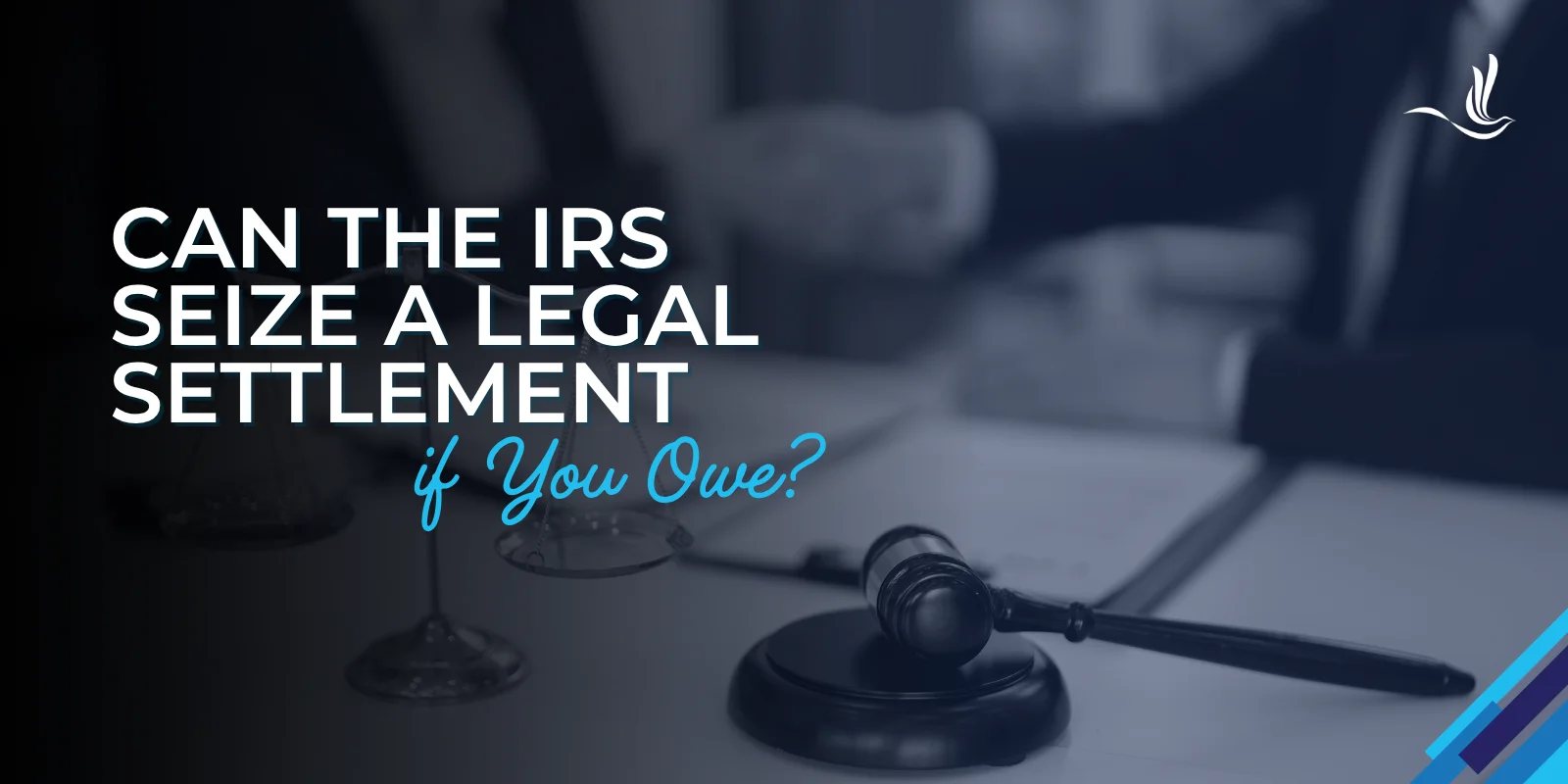Congress has used Section 172 for net operating losses to stimulate the U.S. economy. It has done this by allowing certain losses to be carried back, thereby generating cash refunds to the taxpayer. This puts cash into the hands of taxpayers who are suffering losses. One only has to look at the history of changes to Section 172 to see this history.
One such allowance was for specified liability losses. These are losses that were specifically listed in Section 172 and allowed to be carried back to prior tax years. Environmental remediation costs were an example. When an oil and gas company has a drilling platform that needs dismantling or contaminated land requires cleanup, the tax loss can generate cash to help pay for these often extraordinary expenses.
The question hasn’t been clear in the various machinations of Section 172 is what happens when there are different loss carryback rules at play for a taxpayer in the same tax year. Can the taxpayer have two net operating loss carrybacks from the same tax year, to different prior years? The specified liability loss rules provide an example, as they had a 10 year carryback, whereas general losses had a two year carryback. So if a taxpayer incurred both in the same year, could they carry back 10 years and two years?
This brings us to Apache Corporation v. Commissioner, 2025 T.C. 11, which addresses this very issue. The tax court case provides important guidance on whether taxpayers can selectively waive certain carryback periods while preserving others–effectively being able to use NOL elections as part of their business and tax planning.
Facts & Procedural History
The taxpayer in this case is an oil and gas exploration and production company. For 2016 and 2017, the company filed consolidated corporate income tax returns showing net operating losses of approximately $1.9 billion and $3.1 billion respectively.
Buried within those massive losses were much smaller amounts that qualified as “specified liability losses” under Section 172(f)(1). In 2016, the taxpayer reported a specified liability loss of $40.7 million. In 2017, it reported $30.8 million. These amounts represented environmental remediation costs, decommissioning expenses, or similar cleanup obligations that qualify for special tax treatment.
The taxpayer made elections on both returns to waive the carryback period under Section 172(b)(3) for its consolidated net operating losses. But the taxpayer explicitly stated it was not electing to relinquish the carryback period for the specified liability losses. The company wanted to carry those environmental losses back the full ten years while carrying the regular losses only forward.
The taxpayer then filed Form 1139 applications seeking tentative refunds. It carried the $40.7 million specified liability loss from 2016 back to 2006, claiming a refund of $13.8 million. It carried the $30.8 million loss from 2017 back to 2007, claiming $10.1 million. The IRS issued both refunds.
Later, during an IRS audit, the government changed its position. The IRS issued a notice of deficiency for 2006 and 2007, disallowing the carrybacks entirely. The IRS’s position was that when the taxpayer elected to waive the carryback period, it waived everything. No cherry-picking allowed.
The taxpayer petitioned the U.S. Tax Court for redetermination. Both parties filed cross-motions for partial summary judgment on the carryback issue. The case was reviewed by the full court.
Net Operating Losses Under Section 172
Section 172 allows taxpayers to smooth income over time. When deductions exceed gross income in a year, the resulting net operating loss can be carried to other years. This prevents businesses from being overtaxed simply because their profitable and unprofitable years don’t align with the calendar.
The basic mechanism works like this. A net operating loss can be carried back to prior years to offset income that has already been taxed. This generates tax refunds–so cash paid to the taxpayer. Any loss remaining after the carryback can be carried forward to offset future income. The carryback provides immediate cash flow. The carryforward preserves the loss for future use.
Under the default rule in Section 172(b)(1)(A) that applied prior to 2022, net operating losses can be carried back two years and forward twenty years. The taxpayer starts by carrying the entire loss to the earliest possible year. If that year’s income doesn’t absorb the full loss, the excess carries to the next year, and so on until the loss is consumed or exhausted.
This default rule doesn’t work for everyone. Consider a company with significant research tax credits that are about to expire. If it carries losses back to years when it had those credits, the loss will eliminate the income. The credits then sit unused and eventually expire worthless. The company loses twice—once from the operating loss and again from the wasted credits.
Section 172(b)(3) addresses this problem. It allows taxpayers to elect to waive the entire carryback period and carry losses only forward. This preserves credits and other favorable attributes in the earlier years while banking the loss for future use. This is similar to rules that allow taxpayers to opt out of bonus depreciation, foregoe immediate expensing, etc.
The Ten-Year Carryback for Specified Liability Losses
Congress recognized that certain losses are particularly large and sporadic. Environmental cleanups don’t occur on predictable schedules. When they do occur, the costs can dwarf regular operating expenses. Limiting these losses to a two-year carryback often means the company can’t fully use them because income in just those two prior years won’t absorb the entire loss.
For the years in this case, Section 172(f)(1) defined specified liability losses to include two categories. First are product liability losses under subsection (A). Second are amounts under subsection (B) that satisfy liabilities under federal or state law for land reclamation, nuclear plant decommissioning, drilling platform dismantlement, environmental remediation, or workers compensation payments.
Under the rules applicable to these years, these losses must meet specific timing and accounting requirements. The deduction must arise from a liability that existed for a substantial period before the deduction year. The liability must be identified in financial statements or tax returns from earlier years. These requirements prevent taxpayers from manufacturing specified liability losses out of ordinary business expenses.
Section 172(b)(1)(C) grants specified liability losses a ten-year carryback period instead of the usual two years. This extended window gives companies a realistic chance to absorb the loss against income from more years. For businesses with cyclical earnings, reaching back ten years instead of two can mean the difference between using the loss fully or losing part of it forever.
The tax code treated specified liability losses as separate from the rest of a net operating loss. Section 172(f)(5) provides that for purposes of applying the sequencing rules in Section 172(b)(2), specified liability losses are treated as separate net operating losses to be taken into account after the regular portion. The taxpayer first carries back its regular loss two years, then separately carries back the specified liability loss ten years.
The law has changed since the years at issue here. The special treatment for specified liability losses described in this case no longer exists. The Tax Cuts and Jobs Act (“TCJA”) eliminated most net operating loss carrybacks effective for losses arising after December 31, 2017. Under current law, specified liability losses receive no special carryback period. They follow the general rule—no carryback at all, only carryforward. Losses can be carried forward indefinitely but are subject to an 80% limitation on the amount of taxable income they can offset in any given year. Congress provided temporary relief for losses arising in 2018, 2019, and 2020, allowing those losses a five-year carryback. But this temporary provision applied to all net operating losses during those years, not specifically to specified liability losses. The entire framework of extended carrybacks for environmental remediation costs, decommissioning expenses, and similar liabilities has been removed from the tax code.
Setting aside the policy argument for allowing specified liability loss carrybacks, this case is still relevant as to the broader statutory interpretation principles it establishes. The tax court’s analysis applies whenever Section 172(b)(1) provides multiple carryback periods for different types of losses in the same year. For example, farming losses currently receive a two-year carryback under Section 172(b)(1)(B). If Congress enacts future legislation creating additional special carryback periods for particular industries or types of losses, which it has done repeatedly over the years, the court’s reasoning would govern whether taxpayers can waive some carryback periods while retaining others.
The Election to Waive Carryback Periods
With that background, we can get into the election. Section 172(b)(3) states that any taxpayer entitled to a carryback may elect to relinquish the entire carryback period with respect to a net operating loss for any taxable year. The election has to be made by the due date of the return for the loss year. Once made, the election is irrevocable.
The statute uses specific language—”a carryback period” and “the entire carryback period.” Whether these terms refer to one unified period or potentially multiple periods becomes the central interpretive question. If Section 172(b)(1) establishes only one carryback period per loss, then the election necessarily applies to the whole loss. If it establishes multiple periods, then potentially the election could apply to each period separately.
Farmers and certain other taxpayers face similar questions. Section 172(b)(1)(E) allows eligible losses (including casualty losses and disaster-area losses) to be carried back three years. Section 172(b)(1)(F) allows farming losses a five-year carryback. Each of these provisions includes its own election mechanism allowing taxpayers to waive the extended carryback for that particular type of loss.
The question is whether Section 172(b)(3) works the same way. Can a taxpayer with multiple types of losses subject to different carryback periods waive some but not others? Or does the statute require an all-or-nothing choice?
The tax court held that taxpayers entitled to multiple carryback periods under Section 172(b)(1) may waive them individually. The court based this conclusion on statutory text, structure, judicial precedent, and the government’s own prior interpretation.
The tax court agreed with the taxpayer that reading Section 172(b)(3) as all-or-nothing makes little sense given the number of different carryback periods in Section 172(b)(1). Why would Congress grant taxpayers the flexibility to waive carrybacks entirely but then remove all flexibility to make nuanced choices when multiple carryback periods apply? Section 172(f)(6) provides another example of congressional flexibility. This provision allows taxpayers with specified liability losses to elect out of the special ten-year carryback and instead use the regular two-year carryback. A taxpayer might make this election if it had sufficient income in the two most recent years to absorb the loss and wanted to preserve attributes in earlier years. The existence of this additional election shows Congress wanted to give taxpayers choices about how to use these losses.
The Takeaway
This case confirms that the NOL rules can create multiple carryback years. Taxpayers can make elections to use their loss carrybacks strategically, which is what Congress likely intended. When a business has both regular operating losses and specified liability losses, for example, it can waive the short carryback period for regular losses while preserving the extended carryback for environmental and decommissioning costs. This flexibility allows companies to avoid wasting valuable tax attributes in recent years while still obtaining immediate refunds from the special losses. The same principles apply to other losses today. For example, a farm business with both farming losses (which get a two-year carryback) and other business losses could use the Apache framework to selectively waive carrybacks and preserve expiring credits or other tax benefits. This is another tool in the taxpayer’s tax planning toolbox.
Watch Our Free On-Demand Webinar
In 40 minutes, we’ll teach you how to survive an IRS audit.
We’ll explain how the IRS conducts audits and how to manage and close the audit.

























